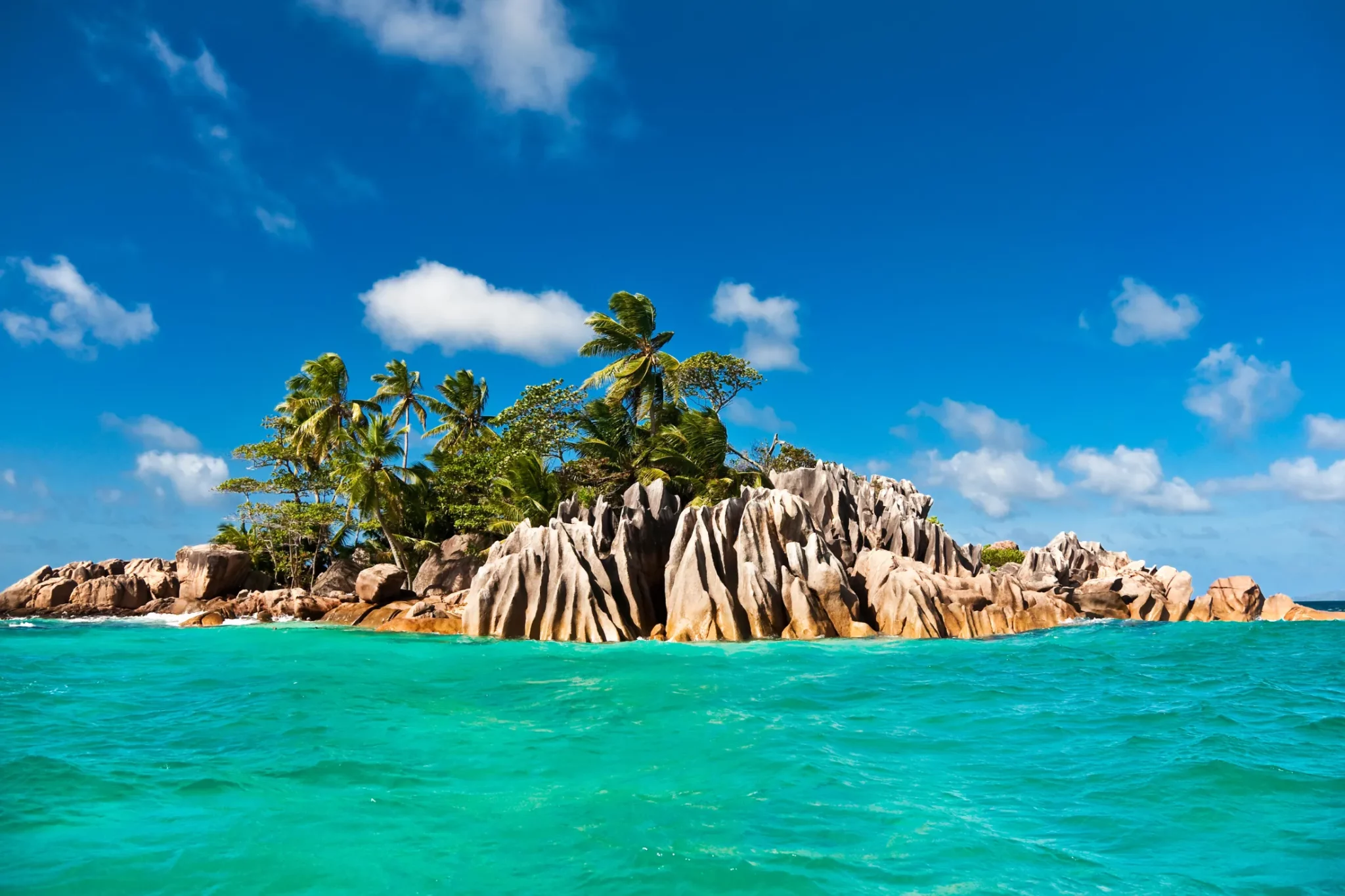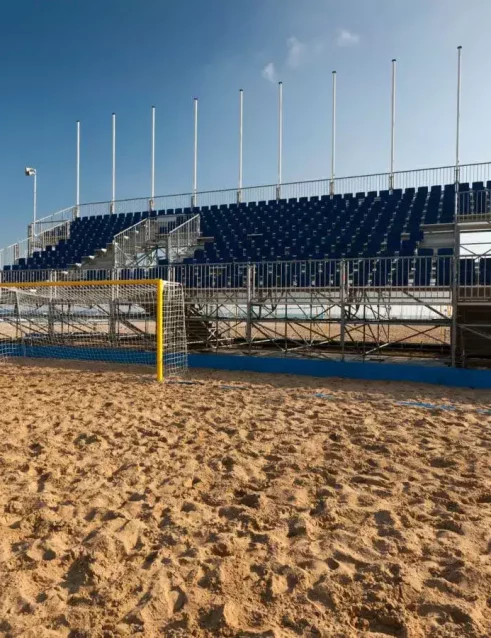Scuba Diving Seychelles: A Dive into Paradise

Marine Life to Witness
The Green and Hawksbill Turtles are a sight to behold. Green turtles, with their smooth carapace, are primarily herbivores, while the hawksbill turtles stand out with their pointed beak and beautifully patterned shell, predominantly feasting on sponges. Both species are regular nesters on Seychelles beaches. Bird Island, Aldabra Atoll, and Cousin Island are their favored nesting sites. For those eager to see them underwater, Silhouette Island and North Island are ideal diving locations.
The diverse species of Reef Sharks in Seychelles are certainly fascinating and awe-inspiring. The Grey shark, with its torpedo-shaped body, is known for its agility in the water. The Silvertip, distinguishable by the white tips on its fins, is a bold species, often approaching divers with curiosity. The Hammerhead’s unique “hammer”-shaped head broadens its sensory range. And then there’s the Whale Shark, the ocean’s gentle giant and the largest fish in the sea, known for its majestic size and calm demeanor. For those keen to spot these magnificent creatures, the outer islands of Seychelles, especially around Aldabra Atoll and D’Arros Island, are the place to be. Furthermore, Whale sharks often make their graceful presence felt between August and November around Mahe, Praslin, and La Digue.

The Seychelles waters are also home to an array of Vivid Species of Fish. The Lionfish, with its venomous spines and radiant stripes, captures immediate attention. The sleek and predatory Barracuda is another noteworthy mention, especially when they form schools. And the Giant Grouper, one of the most massive reef fish, isn’t shy and might even approach divers out of curiosity. These creatures can be witnessed around St. Pierre Island, Anse Lazio, and the Fisherman’s Cove Reef off Mahe.
Lastly, the Majestic Manta Rays and Stingrays are the graceful dancers of the Seychelles marine world. Manta rays, with their vast wingspans, move with such elegance and are often seen doing somersaults as they feed on plankton. In contrast, stingrays, with their flatter bodies, prefer the ocean floor and can often be seen camouflaged in the sand. For encounters with them, Aldabra Atoll and D’Arros Island are prime spots for Manta rays, while the sandy terrains around Praslin and Mahe are perfect for spotting stingrays.
Diving Hotspots:
In the heart of the Indian Ocean, diving Seychelles presents a captivating underwater world waiting to be explored. One of the most fascinating spots is the Sunken Ship Dive. Here, divers can see the mysteries of intentionally sunken vessels, notably The Twin Barges and Aldebaran. These shipwrecks have become a hotspot for divers, though the depths, which plunge up to 40 meters, mean it’s a site more suited for advanced divers.
Another great spot is L’ilot, a granite islet that illuminates the night with its coral-covered landscape, offering spectacular nocturnal dives. Those who dive here are met with an ethereal glow of marine life, making every dive feel like a dream.

For divers who appreciate variety, the Baie Ternay Marine Park is a must-visit. This marine park is renowned for its distinctive underwater topography and the diverse fauna that inhabits it. From swaying corals to darting fish, it is a microcosm of the ocean’s wonders.
Shark enthusiasts, meanwhile, often gravitate towards Brissare Rocks. Recognized as a hotspot, it promises close encounters with various species of sharks, ensuring an adrenaline-filled dive every time. In contrast, Chuckles Rocks offers a more calming experience. Here, the waters reveal a vibrant underwater landscape, with vivid corals and marine life that’s both mesmerizing and tranquil.

For novices taking their first plunge, St Pierre is an ideal choice. The diving site offers not just gentle conditions but also an opportunity to witness turtles and reef sharks up close. White Bank is another spot perfect for beginners, characterized by its warm waters and outstanding visibility that allows even the most inexperienced divers to enjoy the underwater world without any hindrance.
For seasoned divers seeking a challenge, South Marianne Island offers an unparalleled experience with its unique underwater landscape. However, due to its intricacies, it’s mainly recommended for those with advanced diving skills. Lastly, there’s Aldabra, a UNESCO World Heritage site. Diving here feels like stepping into another world, filled with endemic species found nowhere else on Earth. However, as a protected area, it requires special permissions for exploration.
Choosing the Perfect Time:
The Seychelles waters are consistently inviting due to their equatorial climate, ensuring that at any time of the year, divers are able to enjoy themselves. That said, each season introduces its distinct diving experience.
From June to August, the south-east monsoon cools the water down to around 25°C. This drop in temperature, combined with the presence of plankton which might slightly compromise visibility, has an exciting advantage—it attracts the majestic whale sharks. This period offers divers the opportunity to see this sight that’s rare outside of these months.
On the other hand, from November to May, diving conditions reach their zenith. Divers can enjoy the unparalleled clarity with visibility stretching up to 30 meters, bask in the warmth of the waters, and relax in the calm seas. It’s arguably the ideal time for anyone looking to explore the underwater wonders of Seychelles.
However, a little heads up for those planning their trips between December and February: although the diving conditions remain excellent, occasional heavy rainfall might make an appearance, adding a different rhythm to the diving experience.
Choose your preferred season and dive into the unparalleled beauty that diving Seychelles has to offer.
Diving Tips

Before embarking on your diving adventure in the Seychelles, it’s imperative to undertake some preliminary steps to ensure safety and a smooth experience.
Start by researching and selecting a reputable diving school, one with certified instructors and glowing testimonials. While you might be eager to dive right in, it’s beneficial to brush up on your swimming skills beforehand, ensuring you’re confident and comfortable in the water. Once you’re geared up, always make it a habit to meticulously check your equipment before descending into the ocean’s depths. This includes being familiar with emergency protocols, particularly the vital process of regulator activation. Additionally, if you’re someone who’s prone to seasickness, it’s wise to take preventive measures in advance, allowing you to fully savor the enchanting marine world without any discomfort.
For those considering a deep-sea adventure, remember that scuba diving Seychelles is a journey into a world teeming with life. As you resurface, you’re returning from one of Earth’s last unexplored paradises. Dive in and let the Seychelles’ underwater realm captivate you.









